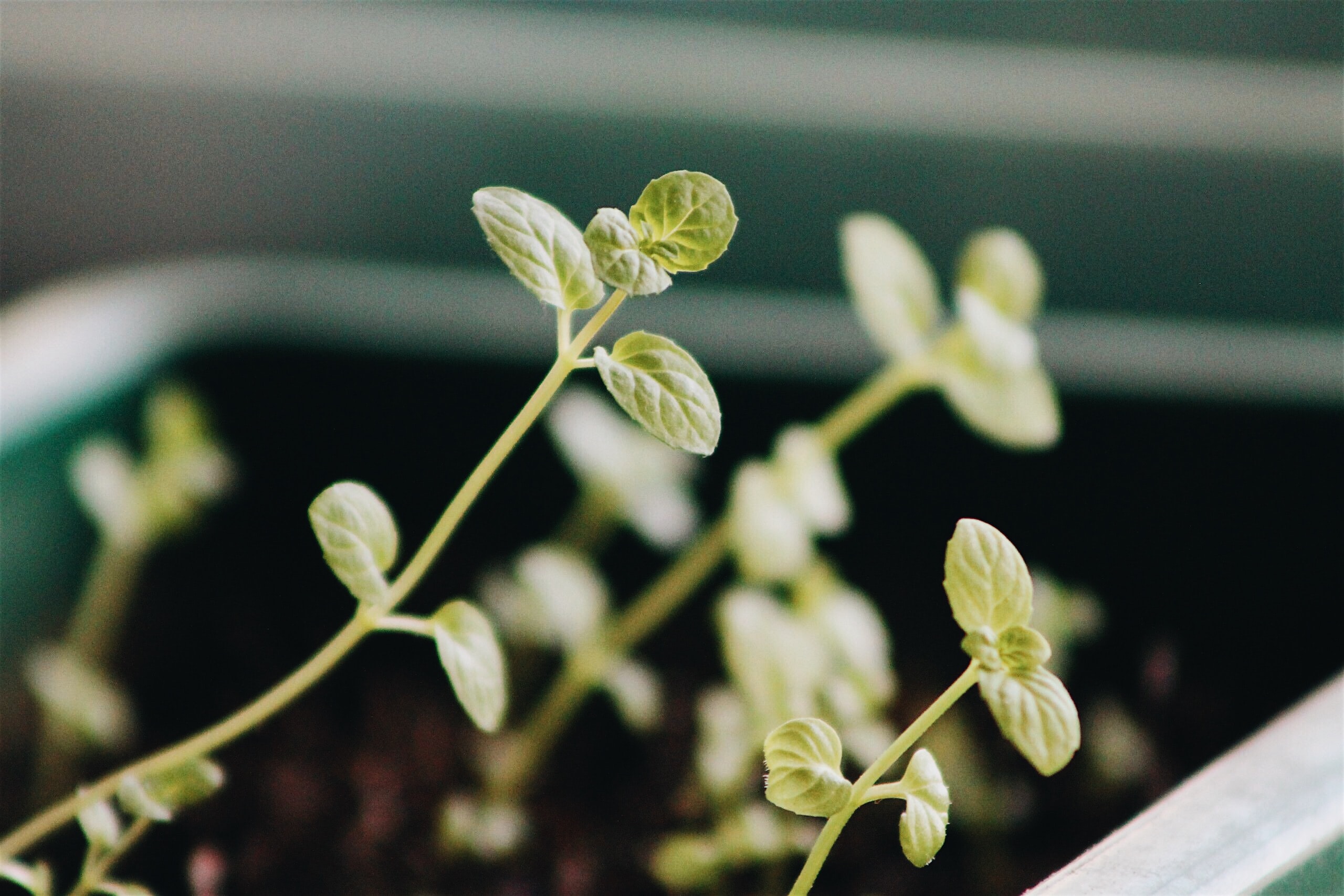
November 23, 2020, by Andrew Edwards (Ed)
Chasing auxin through the plant – international collaboration leads to Nature paper – by Anthony Bishopp
Photo (right) by Rita Astrovich on Unsplash
Anthony Bishopp is a Royal Society University Research Fellow, Faculty of Science, University of Nottingham
When Charles Darwin noticed that plants bend towards light, he performed a series of experiments showing that a mobile signal produced in the growing tip caused the plants to bend at the base. 160 years later, scientists discovered that this signal is due to a molecule called auxin. Over the decades, scientists have realised that auxin regulates not only the bending of plants towards light but also virtually every aspect of plant growth and development. But how can one molecule possibly regulate so many diverse processes?

Root tip showing complementary patterns for one of the repressors and one of the ARFs
There are multiple components involved in perceiving and responding to auxin. It is not only the presence of auxin (the signal) that triggers a response, but the presence of individual components involved in responding to auxin that trigger what the response should be. In human terms, the person reacting the message can be as important as the message itself.
Auxin Response Factors (ARFs) are genes involved in responding to auxin. In our paper, we show that a class of ARFs have highly specific patterns within plant tissues. When we examined the DNA regions encoding these ARFs, we found that in most tissues the DNA was accessible for transcription (the first step of copying DNA into proteins). This finding alone would suggest that ARF levels should be high in every tissue – the opposite of what we had observed. However, we identified a network of proteins that act in specific tissues to restrict transcription of ARFs, ensuring that specific combinations of ARFs are present in different cell types to trigger individualized responses to auxin.
We are delighted that our work is being published in the prestigious journal Nature. Our paper is called ‘A network of transcriptional repressors modulates auxin responses’ and is available now.
This paper is the fruit of a productive collaboration between the Schools of Maths and Biosciences at the University of Nottingham (UK), the École normale supérieure (ENS) de Lyon (France) and the University of California, Davis (USA). The lead author, Jekaterina Truskina, was a joint PhD student between UoN and ENS de Lyon, evidencing the strong international co-operation that has generated such a successful project. We, at the University of Nottingham, are extremely grateful to our international partners for applying their talent and hard work to this project.
No comments yet, fill out a comment to be the first

Leave a Reply